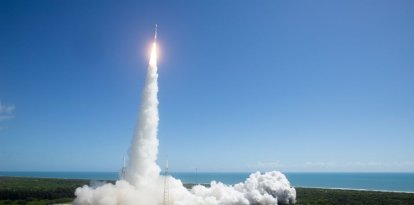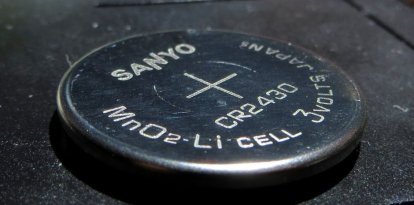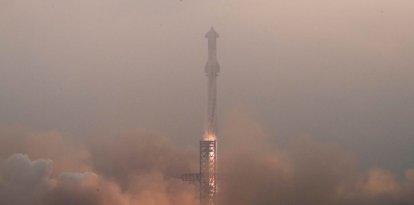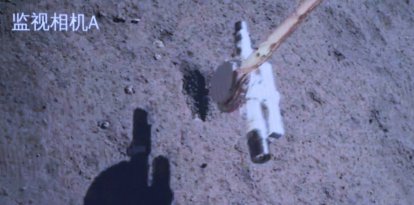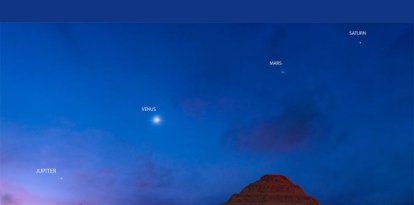NASA presents the X-59, a silent supersonic plane intended for commercial travel
The agency's new advance is capable of traveling at 925 miles per hour, 1.4 times the speed of sound.
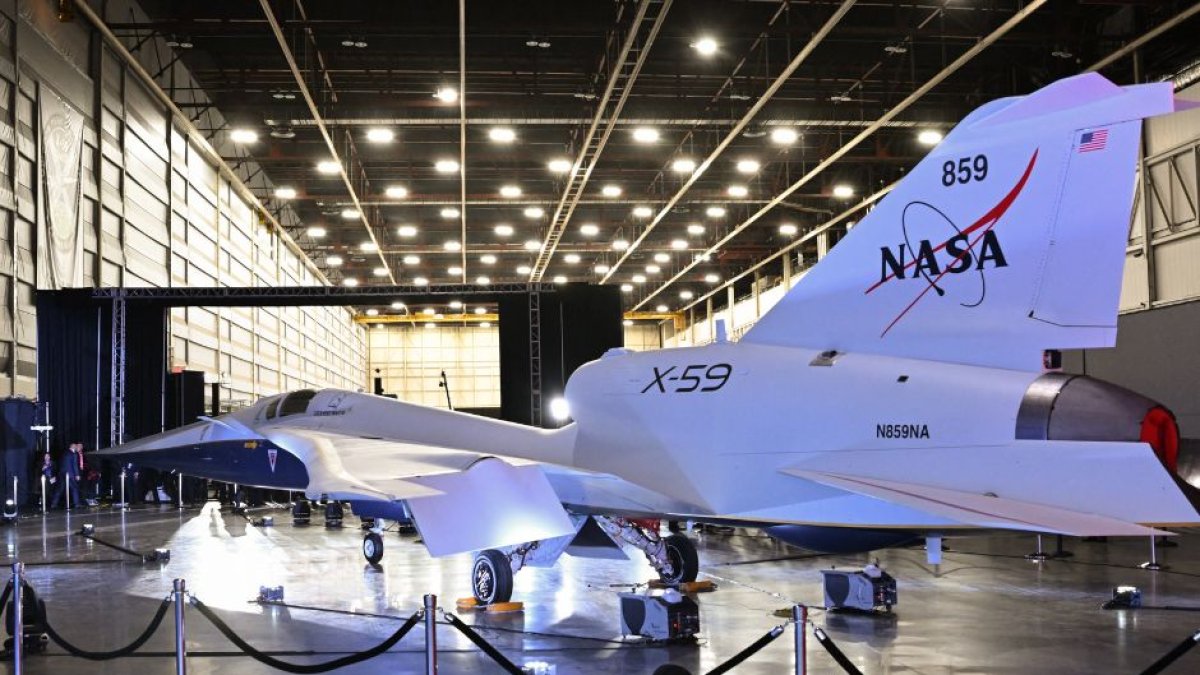
X-59 (
The National Aeronautics and Space Agency (NASA) officially presented its latest advance to develop the aerospace field. It is the X-59, a silent supersonic aircraft created in collaboration with the Lockheed Martin company and with which it "aims to revolutionize air travel." That is, making commercial trips more efficient by reducing flight times.
At the presentation ceremony of the X-59, which took place last Friday at the Lockheed Martin facilities located in Palmdale (California), Pam Melroy, deputy administrator of NASA, was present, who lauded the new creation of the agency:
First test flight, later this year
Through a video published on social networks, NASA unveiled the design of the X-59 and detailed that the first test flight will be carried out later this year on the Quesst mission.
Bob Pearce, associate administrator for aeronautical research at NASA headquarters, explained what the test carried out during the Quesst mission will consist of and what it wants to achieve:
Flights at 925 mph
The X-59 is designed to surpass unsuspected limits. "The X-59 is expected to fly at 1.4 times the speed of sound, or 925 mph. Its design, shaping and technologies will allow the aircraft to achieve these speeds while generating a quieter sonic thump," NASA said.
Achieving this speed would imply that, for example, the journey between New York and Los Angeles could be completed in about three hours, when now the duration is just over six hours. As long as it is approved to carry out commercial flights.














